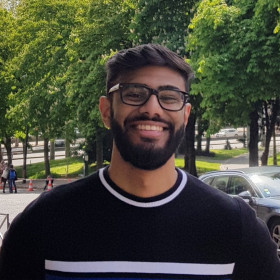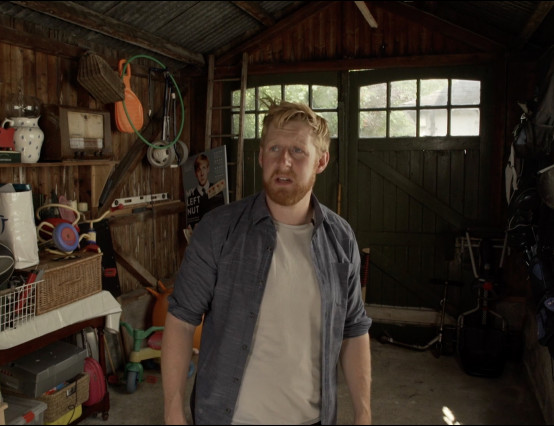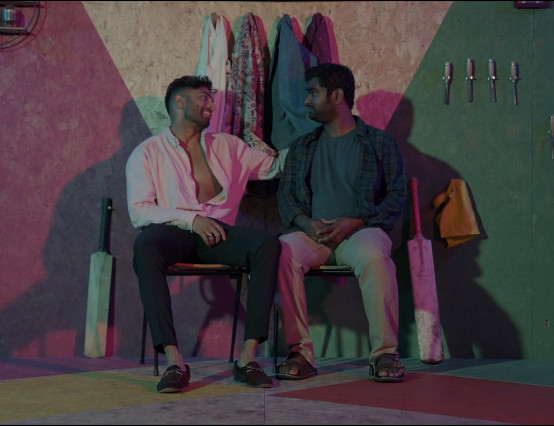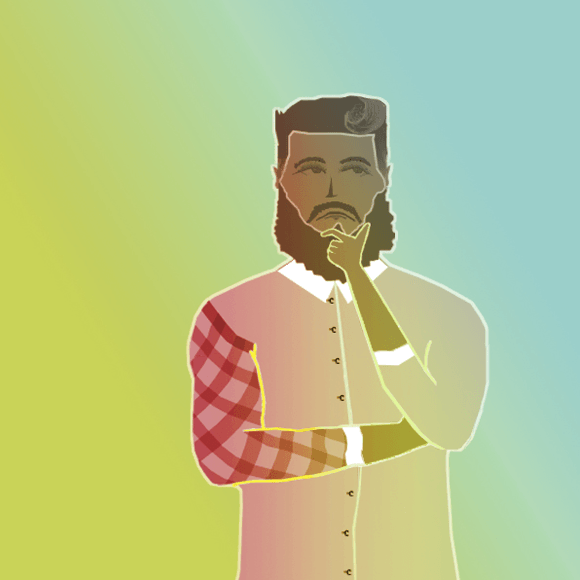Could you first introduce yourself to the reader?
Hi, I’m Robert Wenley, Head of Collections and Deputy Director of the Barber Institute of Fine Arts at the University of Birmingham, where I have worked since 2010. The Barber was founded in 1932 by Lady Barber for the ‘study and encouragement of music and art’, and is housed in a Grade I Art Deco building that opened in 1939. It includes a superb concert hall as well as a small but world-class fine art collection, built up by successive directors since the mid-1930s, using funds controlled by the Henry Barber Trust, which owns the collection. There is also a fantastic collection of Roman and Byzantine coins.
I previously had curatorial roles at Glasgow Museums (2003-10) and the Wallace Collection before that (1991-2003).
What does your job involve? Give us the typical outline of a day?
I have responsibility for the care, display and interpretation of the collections. This includes managing the conservation and exhibitions and displays programmes. There is no standard day, but a priority is always to check that my team members are all okay and that the display and storage of the collection is as it should be. I’ll also help where necessary with any object moves that usually take place before we open to the public. Much of my time is taken up with the preparation and delivery of exhibitions, displays and related talks, which involves regular planning meetings, research and a great deal of editing of texts. As with so many jobs today, a lot of my work is in front of a computer screen, but for me it’s a necessity as well as a pleasure regularly to visit the collection upstairs in the galleries.
What’s great about your job?
It’s great to be able to work with a world-class collection, and to have the responsibility of caring for and also researching it. Equally rewarding and enjoyable is that I work with a small but highly skilled and dedicated team, each colleague similarly passionate about working at the Barber.
What are the bits you don’t like or find challenging?
There is, unavoidably, quite a lot of routine admin which, while not necessarily especially onerous or challenging, can take one away from the more immediately enjoyable or rewarding aspects of the job.
What are the highlights of your career to date?
I have been very fortunate to work in three of the finest historical fine art collections in the UK – the Wallace Collection (London), the Burrell Collection/ Glasgow Museums (Glasgow), and the Barber Institute (Birmingham). At the Wallace I co-founded the international French Bronze Study Group and wrote the first book dedicated to French Bronzes; in Glasgow, I led the redisplay of the Dutch Gallery at Kelvingrove Museum and published extensively on this part of Glasgow’s collections; at the Barber, I have curated numerous exhibitions, and co-authored the catalogues, on subjects including Govaert Flinck, Jan Steen and Jan de Beer. I have also served as an editor of the Sculpture Journal, and am currently Chair of Birmingham’s Public Picture Gallery Fund (founded in 1871), and Chair of the Specialist Advisory Board of the Public Statue and Sculpture Association.
What was your career path into this job? Have you also worked outside the arts?
I studied History (BA) at Durham University, and Gallery Studies (M.Litt.) at St Andrews University, with a year in between as an exhibition research assistant at Norwich Castle Museum. All three components were vital for my future career. As I was completing my M. Litt, I secured a job as an ‘Assistant Curator’ at the yet-to-be-opened British Golf Museum in St Andrews, where I worked for about 9 months. Definitely not an art collection, though it was fascinating to be there at the birth of a completely new museum.
Can you describe your biggest challenge so far in your career? How did you overcome it?
Probably my biggest challenge was to move from the Wallace Collection, where I was focused on studying sculpture, to Glasgow Museums, where my main concern was with its great Dutch and Flemish picture collection. That was both a big professional shift in focus, and culture, and a huge physical and psychological relocation for my partner and me. I was fortunate to have wonderful support from my partner but also from colleagues in Glasgow and indeed more widely in Scotland. As ever, the collections themselves were hugely motivating and inspirational.
Have you noticed any changes in the industry? If so, what?
There is a much greater emphasis now than when I started on the social agenda of museums, and accordingly, in many institutions, the status of learning and access teams, and to a lesser extent of marketing staff as well, has risen in comparison to that of curators (at least of the specialist, research-oriented variety) has fallen. There is also generally a much greater emphasis on institutions raising more funds themselves to help cover their costs.
You’ve been granted the ability to send a message to 16-year-old you. What do you say?
Pursuing a career as a curator/ in a museum is a perfectly valid and rewarding path to follow, and will fully engage your intellectual and creative faculties. However, don’t expect it to be well-rewarded financially. Getting to the top of the profession is tough and you’ll need confidence and good fortune as well as hard work to achieve that.
Do you have any advice for young people interested in doing your kind of job?
Try to get as much practical museum/gallery-based experience as you can as well as the best academic qualifications you can manage. A PhD would be an advantage, as well as language skills if you want to specialise as a more academic curator. Arrange to talk to people like myself – we are always willing to offer advice – but also consider related jobs like exhibitions manager and registrar.
For more information about the Barber Institute of Fine Arts, click here.







0 Comments